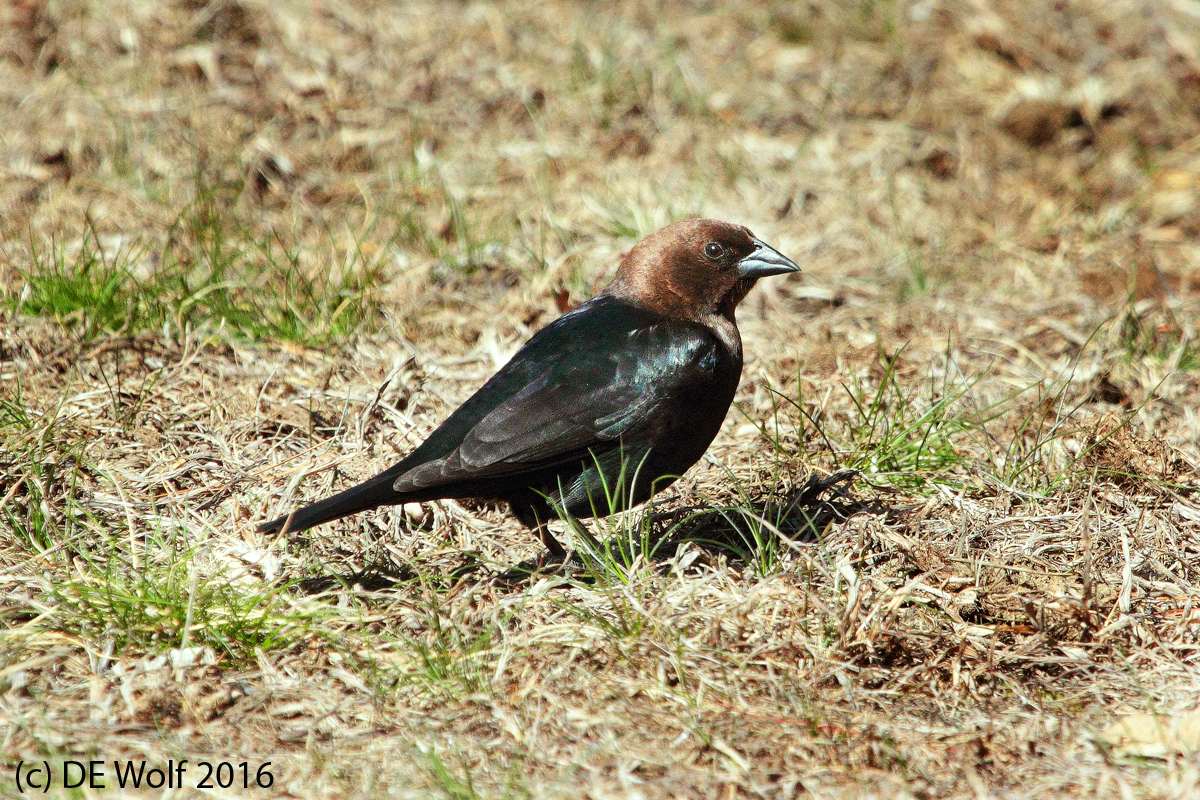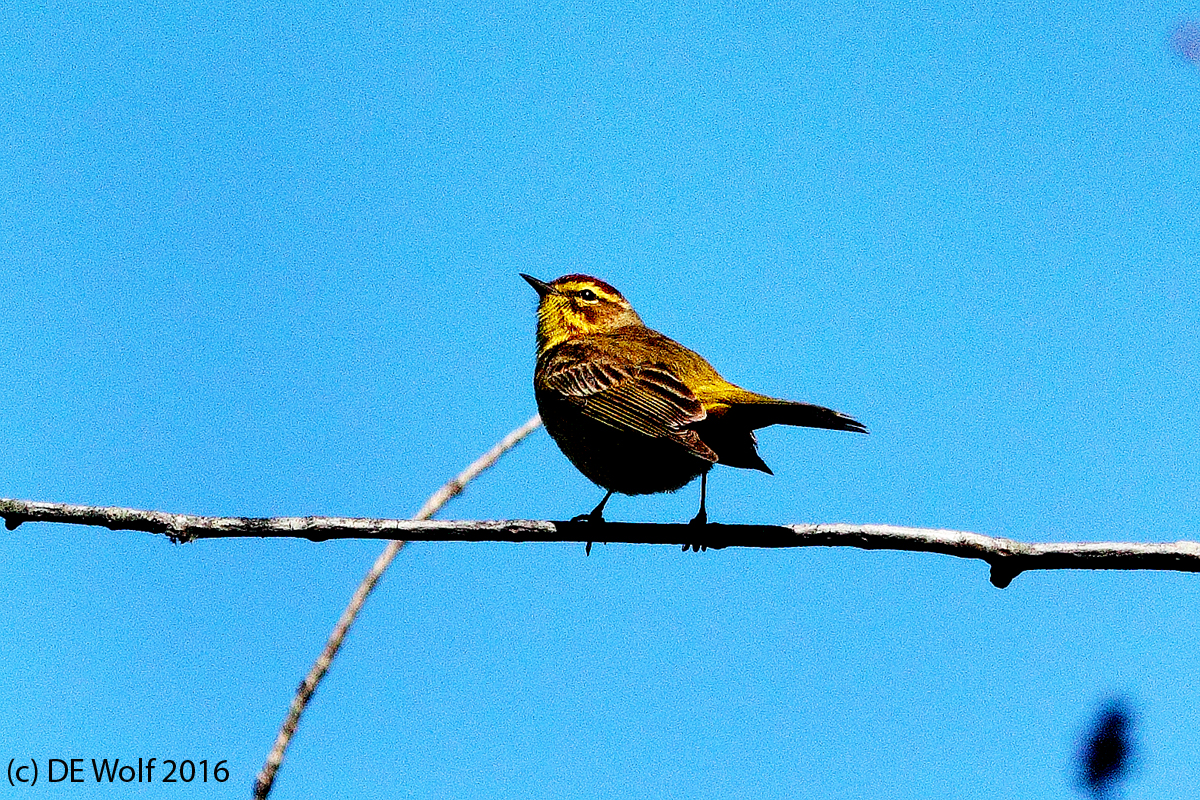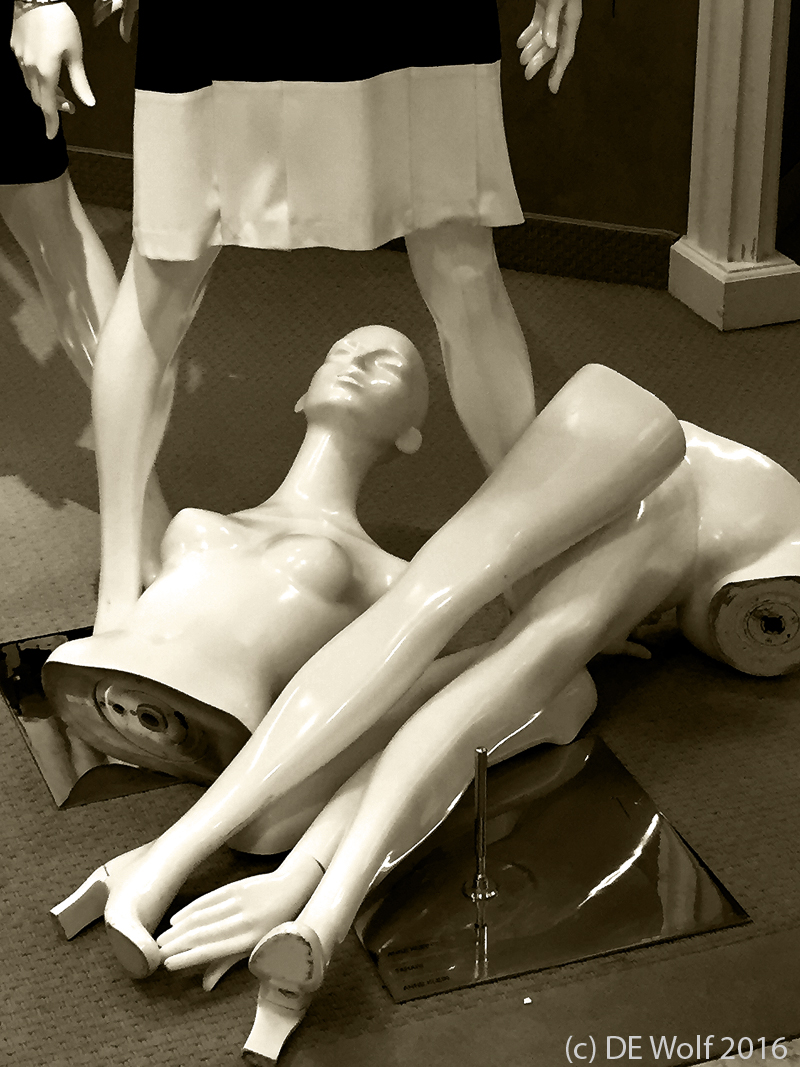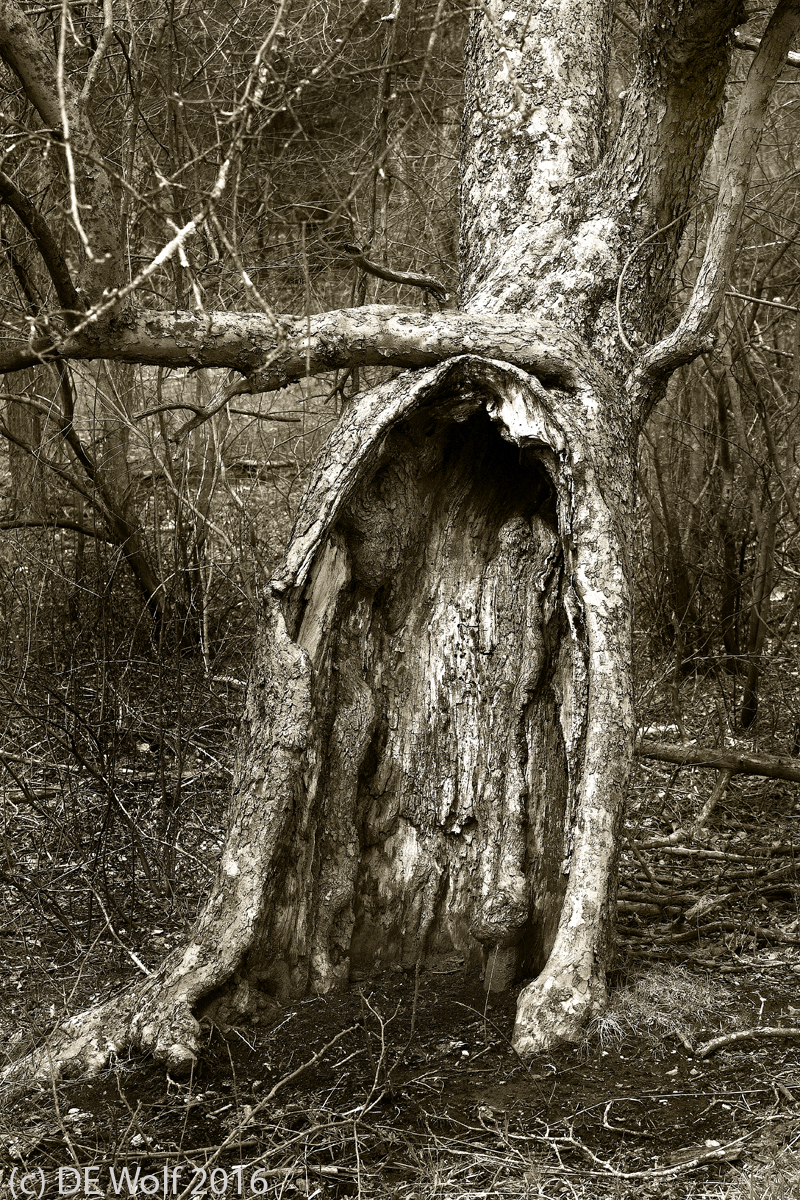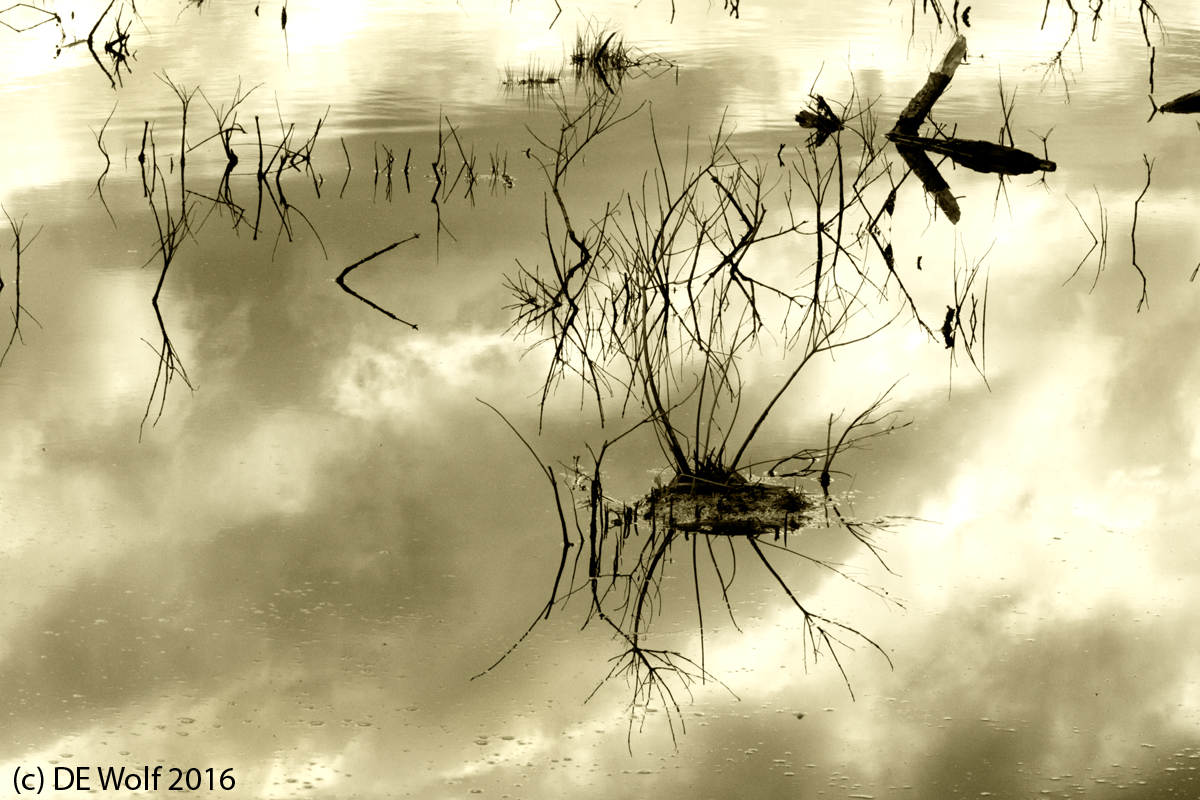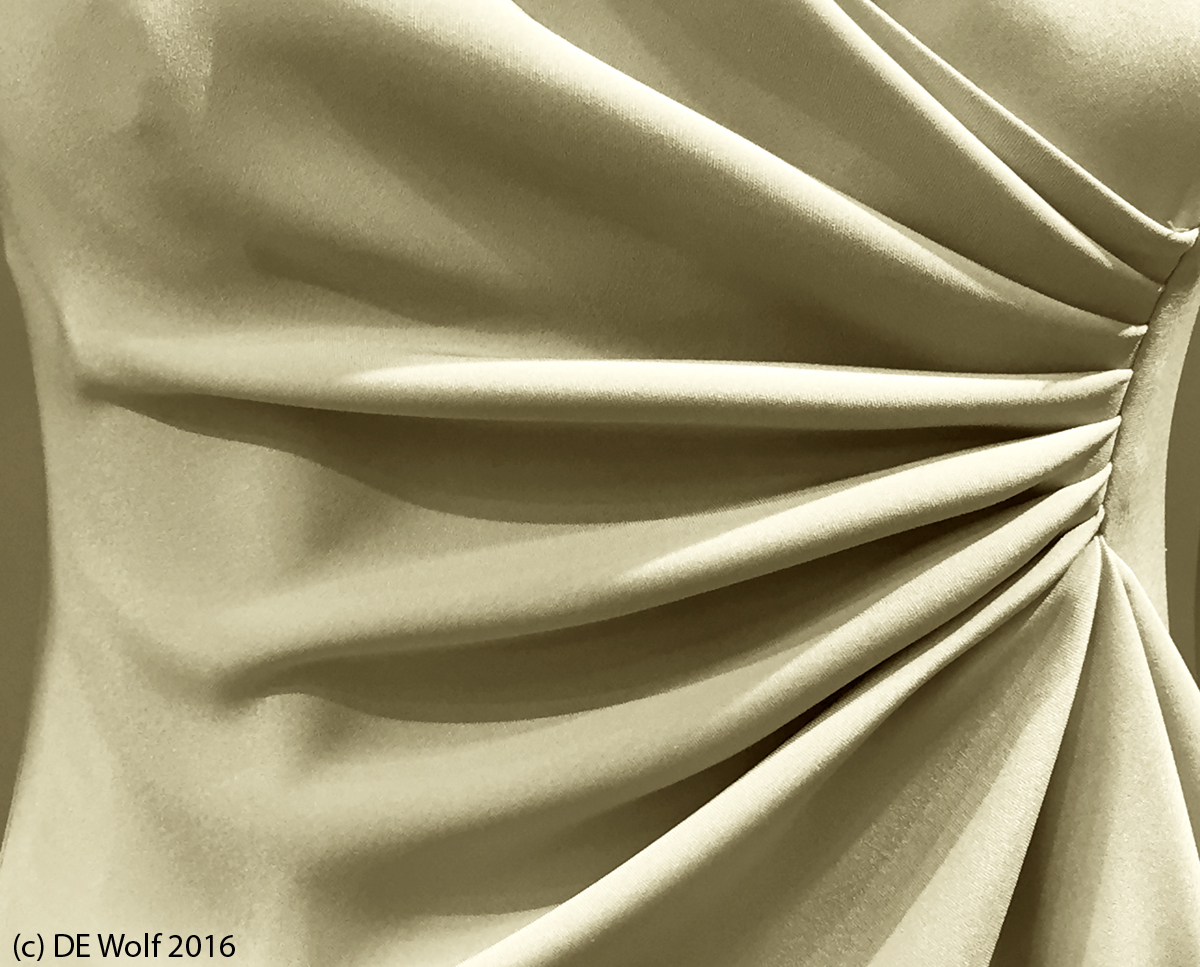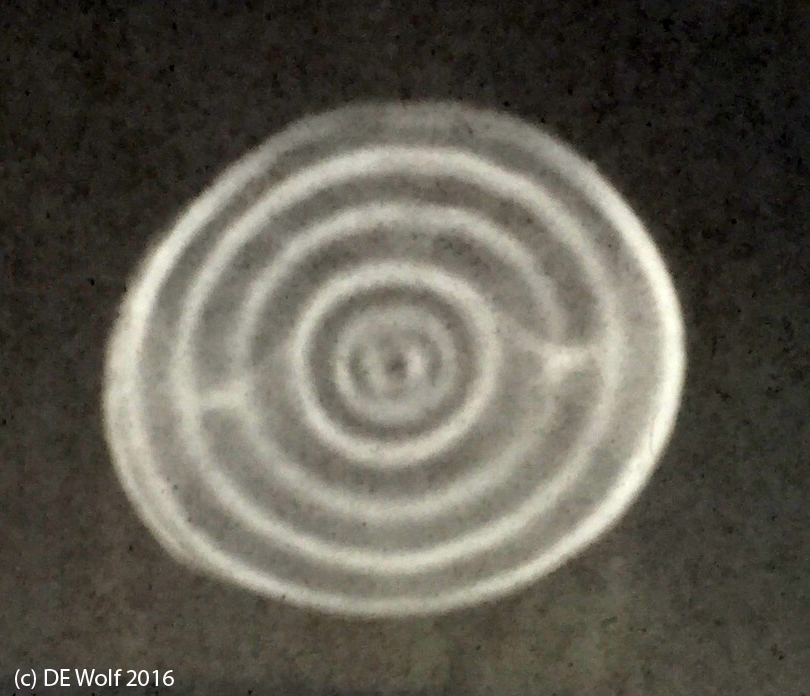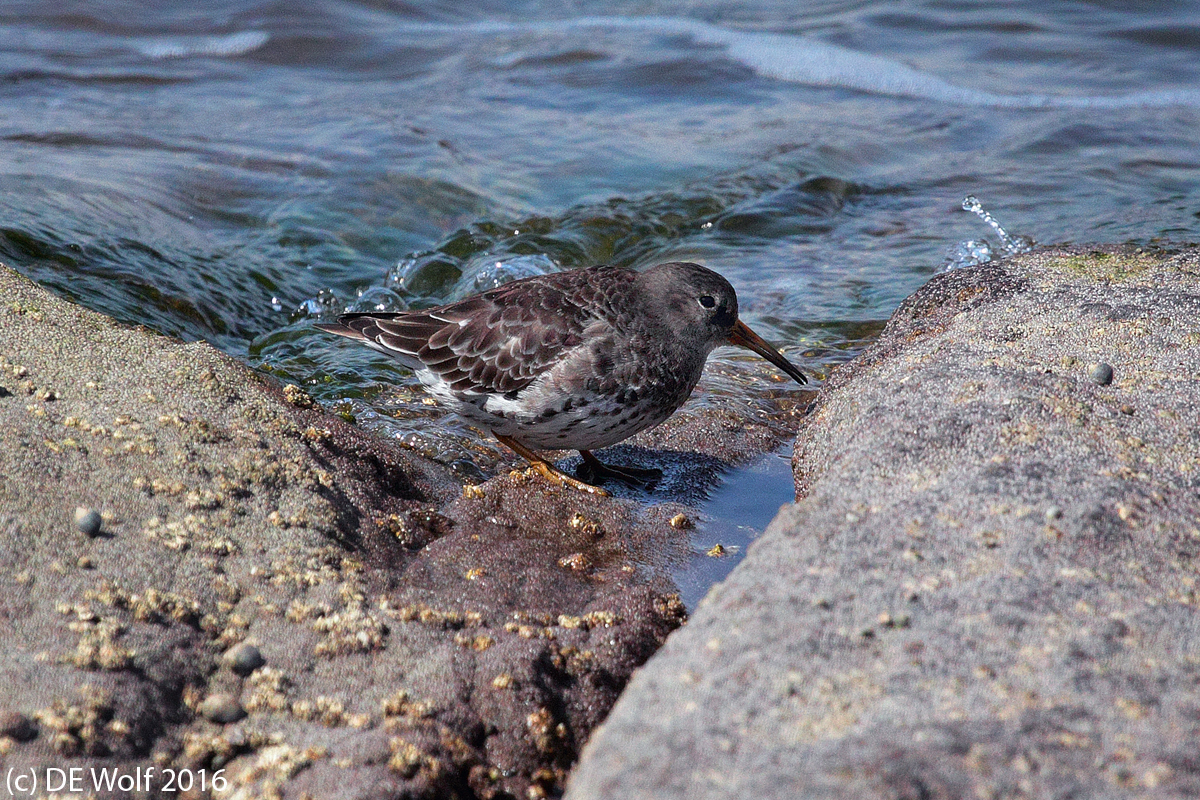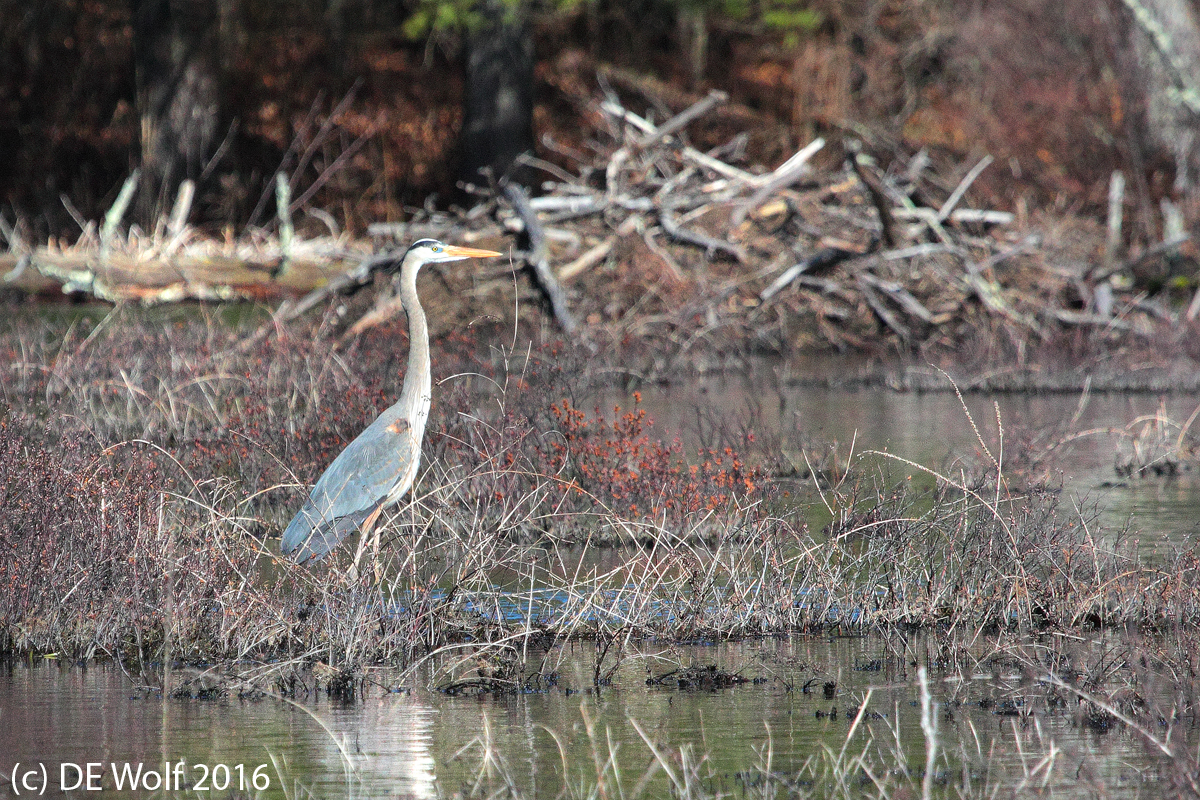
Figure 1 – Great Blue Heron with beaver dam – Assabet River Wildlife Refuge, April 16, 2016. (c) DE Wolf 2016.
I was going through the bird photographs that I took yesterday and realized that there was another that I was really pleased with. This is shown as Figure 1. It shows a Great Blue Heron, Ardea herodias, one of North America’s most dramatic birds. Great blues are ubiquitous over the continent. Still you get this “Welcome to Jurassic Park” sense whenever you see one, especially in flight. They are a challenge photographically, both because they tend to be at a distance and also because at a distance it becomes difficult to keep your spot-meter on the very slender head and eye.
Here I am happy to say the eye is sharp, but what really appealed to me was the slightly out-of-focus beaver dam behind the bird and the colors, which truly capture the essence of the Assabet River site on a cool April morning. You will note also that the bird has a discolored spot on its wing, which I suspect is from a healing injury.
Here again, as in my cowbird image of yesterday, I am shooting hand-held at 350 mm with my 100 – 400 mm zoom and am reasonably happy with the results. I was looking yesterday at a comparison of the original version of this lens which I have and the new version. While the MTF of the old version is good for reduced frame cameras the new one is really impressive, and I am just a bit envious.
Canon T2i with EF100-400mm f/4.5-5.6L IS USM lens, ISO 1600, Aperture Priority AE Mode, 1/3200 nd of a sec at f/7.1 with no exposure compensation.

